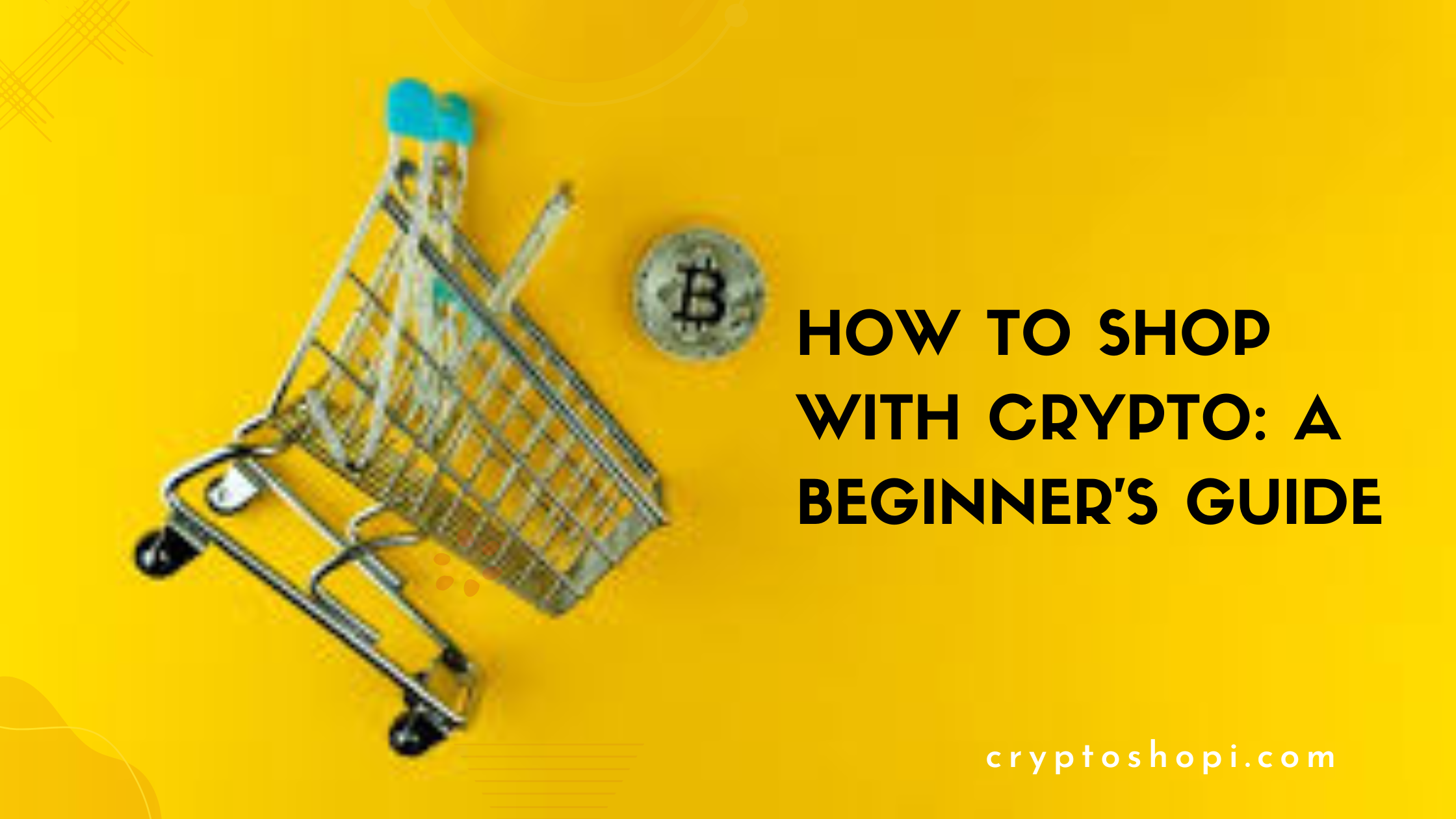
In recent years, shopping with crypto has evolved from a niche activity into a mainstream payment method. More retailers and online platforms are now accepting digital currency for goods and services, making it easier than ever to make purchases with cryptocurrencies. In this comprehensive guide, we will walk you through the process of setting up your crypto wallet, finding crypto-friendly stores, and making secure transactions.
1. Setting Up a Crypto Wallet
Before you can start shopping with digital currency, you need a cryptocurrency wallet. A wallet is essential for storing, sending, and receiving cryptocurrencies. There are two main types of wallets:
Hot Wallets (Online Wallets)
- Convenient for everyday transactions.
- Accessible through mobile apps or web browsers.
- Examples: MetaMask, Trust Wallet, Coinbase Wallet.
Cold Wallets (Hardware Wallets)
- More secure as they store crypto offline.
- Ideal for long-term storage and protection from hacks.
- Examples: Ledger Nano X, Trezor Model T..
After choosing a wallet, you must set up two-factor authentication (2FA) for added security and keep a backup of your seed phrase in a secure location.
2. Finding Crypto-Friendly Stores
Once your wallet is set up, the next step is finding stores that accept cryptocurrency. Several major retailers, both online and offline, now support crypto payments. Here’s where you can start:
Online Shops with Crypto Payment Options
Many e-commerce platforms allow shopping with crypto, including:
- Overstock - Home goods, furniture, and electronics.
- Newegg - Computer parts and gaming gear.
- Shopify Stores - Some merchants enable crypto payments.
- Bitrefill - Buy gift cards with Bitcoin and other cryptos.
Physical Stores Accepting Crypto
Retail adoption is growing, and some businesses now accept cryptocurrency payments at checkout. You can use platforms like Coinmap to find stores near you that support crypto transactions.
Crypto Debit Cards
If a store does not directly accept crypto, you can use a crypto debit card such as those offered by Binance, Crypto.com, or Wirex. These cards allow you to convert cryptocurrency into fiat currency at the point of sale.
3. Making a Purchase with Crypto
Now that you’ve found a store, it’s time to complete your purchase. Follow these steps to pay securely with digital currency:
Choose Your Items
Add products to your cart as you would with any online or physical store.
Select Crypto as Payment Method
At checkout, select cryptocurrency as your payment option. Depending on the store, you may see Bitcoin (BTC), Ethereum (ETH), or other altcoins available.
Scan the QR Code or Copy the Wallet Address
The merchant will provide a QR code or wallet address for the payment. Use your crypto wallet app to scan the QR code or manually enter the recipient's wallet address.
Confirm and Complete the Transaction
Double-check the transaction details, including the recipient’s address and the amount. Once confirmed, send the payment and wait for blockchain confirmation. Most transactions take a few seconds to a few minutes.
Keep a Record of Your Transaction
Since cryptocurrency transactions are irreversible, keep a copy of your transaction receipt for future reference.
Benefits of Shopping with Crypto
There are many advantages to shopping with crypto, making it an appealing choice for both consumers and merchants:
Lower Transaction Fees
Compared to traditional banking and credit card processing fees, crypto transactions usually come with lower fees, especially for international payments.
Enhanced Security & Privacy
Crypto payments eliminate the need for sensitive financial data, reducing the risk of fraud or identity theft.
Faster International Transactions
No more waiting for banks to process cross-border payments. Crypto transactions settle much faster than traditional wire transfers.
No Middlemen
With decentralized payments, there is no need for intermediaries like banks or payment processors.
5. Risks and Challenges of Crypto Shopping
Despite its advantages, there are challenges to be aware of when shopping with digital currency:
Price Volatility
Cryptocurrency prices can fluctuate significantly, which may impact the final cost of your purchase.
Limited Adoption
Not all merchants accept cryptocurrency yet, though adoption is increasing rapidly.
Irreversible Transactions
Unlike credit card payments, crypto transactions cannot be reversed if sent to the wrong address.
Security Concerns
While blockchain is secure, users must take precautions to protect their wallets from phishing scams and cyber threats
6. The Future of Crypto Shopping
The adoption of cryptocurrency in retail is expected to grow, with more businesses integrating crypto payment gateways. Innovations such as Bitcoin’s Lightning Network and Ethereum’s Layer 2 solutions will further enhance transaction speeds and reduce costs. Moreover, stablecoins like USDT and USDC provide an alternative for avoiding volatility.
As regulations evolve and technology improves, cryptocurrency will continue to revolutionize the way we shop online and in physical stores.
Conclusion
Shopping with crypto is becoming more accessible as businesses worldwide recognize the benefits of digital currencies. By setting up a secure wallet, finding crypto-friendly stores, and following best practices for secure transactions, you can confidently embrace the future of commerce.
